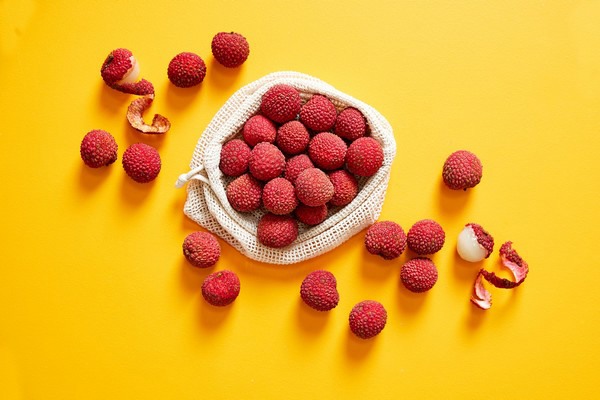There are about 250 lychee orchards spread across tropical Far North Queensland, Central Queensland, South East Queensland and Northern New South Wales.
The main growing areas in Queensland include the Atherton Tableland and Mareeba, coastal areas down to Rockhampton and Bundaberg, south to Nambour and the Sunshine Coast hinterland. NSW has a smaller number of growers with the growing region extending south to Coffs Harbour.

"Rain and challenging weather conditions have not been a friend to many crops this season and did delay the lychee season a little. Luckily, it’s now all systems go for our lychee growers and Australians can expect a consistent summer season of beautiful tasting Aussie lychees," said Jill Houser, Executive Officer, Australian Lychee Growers Association.
Demand for Australian lychees is increasing every year, and the fruit is typically available from late November until mid-March, making it perfect for Christmas entertaining. Australia has the longest lychee season in the world, so although the season has started a little later than usual, there will be plenty fruit available for Christmas.
The majority of Australia’s lychee production is sold domestically to fresh fruit markets in Brisbane, Sydney, Melbourne and Perth, along with direct sales to major retail store outlets.
"Export accounts for approximately 25 per cent of annual production with the United States taking over from Hong Kong as the main destination port for Australian lychees, followed by New Zealand and Canada. Australian lychees are also exported to Singapore, Malaysia, Indonesia, Europe, the Middle East and the United Kingdom. The industry has also applied for market access into Vietnam, Thailand, Taiwan and China. Even though these are lychee producing countries, the season is counter seasonal to the Australian season. Australian lychees would be available during Christmas and Asian/Chinese New Year celebrations."
For more information:
Jill Houser
Australian Lychee Growers Association
Tel: +61 417 639 927
www.australianlychee.com.au
